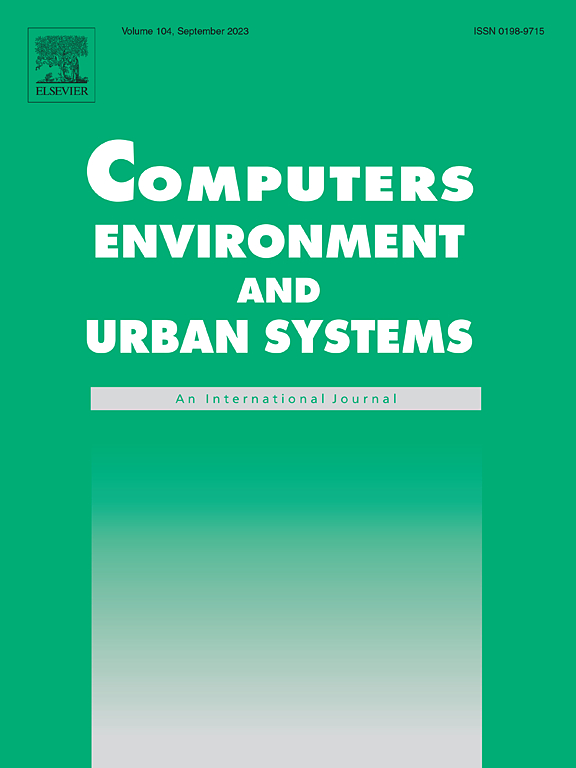城市分析在战略规划中的应用——以大悉尼地区规划为例
IF 8.3
1区 地球科学
Q1 ENVIRONMENTAL STUDIES
Computers Environment and Urban Systems
Pub Date : 2025-01-27
DOI:10.1016/j.compenvurbsys.2025.102249
引用次数: 0
摘要
大数据和人工智能的技术进步使人们重新燃起了将数据分析应用于规划的热情。历史表明,抱有很高的期望并不总是意味着会采用新的分析工具,目前需要进行实证研究,以评估城市分析是如何产生并在规划实践中使用的。通过结合文献分析、引文网络分析和关键信息提供者访谈,本研究考察了澳大利亚悉尼重大战略规划过程中城市分析的产生和使用背后的系统。分析揭示了一个复杂的政治体系,涉及来自近500个组织的800多个参考来源。虽然数据分析只是计划证据的一个方面,但它满足了几个基本的情报需求。最突出的是,概念上简单的模型被用来衡量和预测对各种类型土地的需求,包括住宅、商业和工业区。除了更新经验知识外,该研究还提供了塑造数字规划实践的社会和政治基础的新特征。数据分析对决策的影响远非直接。政治因素影响着系统的各个方面,从数据的可用性到使用分析来协调各参与者的行动。对于学者来说,这项研究的发现有助于评估有关数字规划的新兴想法。对于从业者来说,研究结果有助于在数据、工具和培训方面进行更明智的投资,以满足战略规划实践的具体需求。本文章由计算机程序翻译,如有差异,请以英文原文为准。
The use of urban analytics in strategic planning – A case study of the greater Sydney region plan
Technological advances in big data and artificial intelligence have seen a resurgence of enthusiasm for the application of data analytics in planning. History has shown that having high expectations doesn't always mean new analytical tools will be adopted and there is a need for current empirical research to evaluate how urban analytics are produced and used in planning practice. Through combining document analysis, citation network analysis and key informant interviews, this research examined the system behind the production and use of urban analytics during a major strategic planning process in Sydney, Australia. The analysis revealed a complex political system involving over 800 referenced sources from nearly 500 organisations. Although data analytics was just one aspect of the evidence for the plans, it served several base intelligence needs. Most prominently, conceptually simple models were used to measure and forecast the need for various types of land, including residential, commercial, and industrial areas. In addition to updating empirical knowledge, the research provides a new characterization of the social and political rationales shaping digital planning practices. The influence of data analytics on decision making was found to be far from direct. Political factors influenced all aspects of the system, from the availability of data to the use of analytics to coordinate the actions of various participants. For scholars, the findings of this research assist in evaluating emerging ideas about digital planning. For practitioners, the findings contribute to more informed investment in data, tools and training that meet the specific needs of strategic planning practice.
求助全文
通过发布文献求助,成功后即可免费获取论文全文。
去求助
来源期刊

Computers Environment and Urban Systems
Multiple-
CiteScore
13.30
自引率
7.40%
发文量
111
审稿时长
32 days
期刊介绍:
Computers, Environment and Urban Systemsis an interdisciplinary journal publishing cutting-edge and innovative computer-based research on environmental and urban systems, that privileges the geospatial perspective. The journal welcomes original high quality scholarship of a theoretical, applied or technological nature, and provides a stimulating presentation of perspectives, research developments, overviews of important new technologies and uses of major computational, information-based, and visualization innovations. Applied and theoretical contributions demonstrate the scope of computer-based analysis fostering a better understanding of environmental and urban systems, their spatial scope and their dynamics.
 求助内容:
求助内容: 应助结果提醒方式:
应助结果提醒方式:


